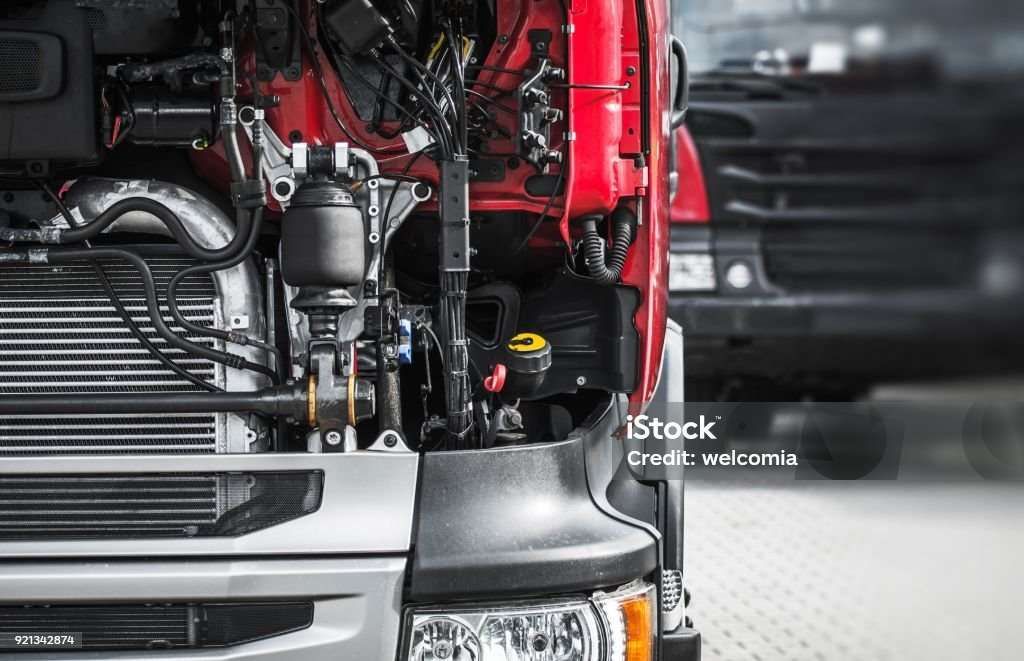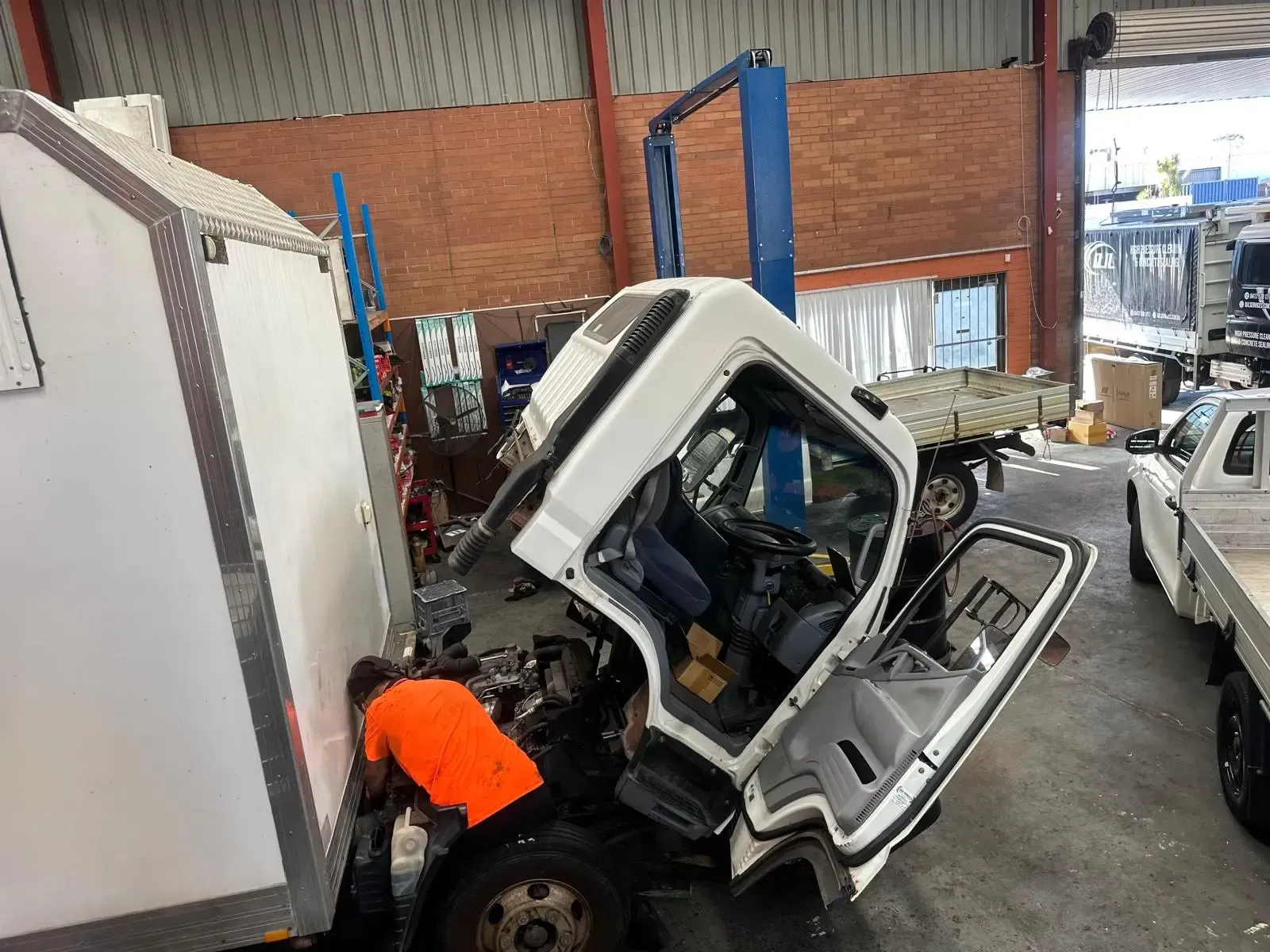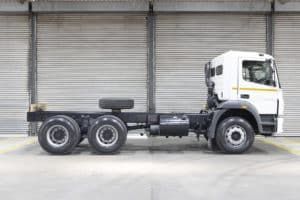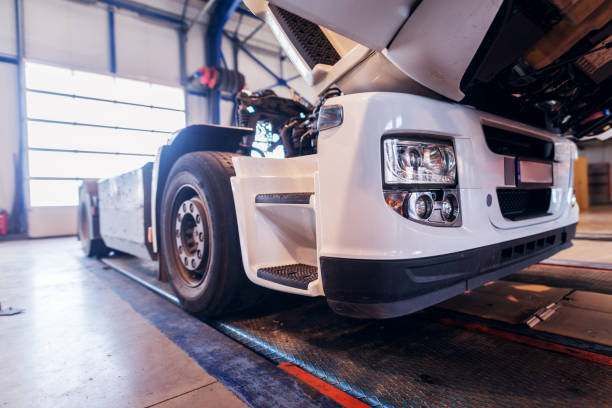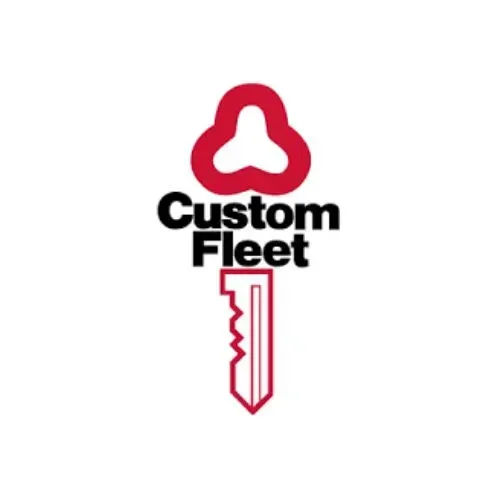Understanding and Maintaining Truck Clutches: Essential Guidelines
In commercial transportation, the clutch plays a pivotal role in the functionality of trucks, acting as the critical interface between the engine and the transmission. Proper maintenance of truck clutches not only ensures smoother operations but also extends the lifespan of the vehicle, thereby reducing downtime and maintenance costs. This article provides a comprehensive overview of truck clutch maintenance, the signs of potential failure, and what steps to take when issues arise.
Balcatta Truck Repairs is a service provider specialising in comprehensive truck maintenance and repair solutions based in Balcatta
Perth. With a focus on delivering high quality, reliable service, our expert team of certified mechanics is dedicated to ensuring the optimal performance and longevity of your fleet. Whether you require routine servicing, emergency repairs, or specialised care for your trucks, Balcatta Truck Repairs is equipped with the latest tools and technology to meet your needs. Our commitment to excellence and customer satisfaction makes us the trusted choice for truck owners and fleet managers in the region.
The Importance of Truck Clutch Maintenance
The clutch system in trucks serves as a fundamental mechanism that manages the transfer of power from the engine to the transmission. It comprises several key components:
- Clutch Plate: Engages with the flywheel to transfer engine power to the transmission.
- Pressure Plate: Applies pressure to clamp the clutch plate against the flywheel, allowing for smooth power transfer.
- Flywheel: Connects to the engine and provides a surface against which the clutch plate can be pressed.
- Release Mechanism: Disengages the clutch from the flywheel, allowing the driver to shift gears or stop without stalling the engine.
Maintaining these components is not solely about extending their operational life but is crucial for ensuring the overall safety and reliability of the truck. A malfunctioning clutch can lead to unsafe driving conditions, potential breakdowns, and significant repair costs, which can impact business operations due to vehicle downtime.
Regular Maintenance Practices
Inspection:
Routine inspections are essential for identifying early signs of wear and potential failures in the clutch system. These inspections should include:
- Checking the clutch pedal for resistance and ensuring it does not stick or squeak.
- Examining the linkage and cable for corrosion or excessive wear.
- Assessing the pressure plate and clutch disc for signs of heat damage or uneven wear.
Adjustment and Lubrication:
Proper adjustment and lubrication are crucial for the smooth operation of the clutch:
- Adjustment: Ensuring that the clutch pedal has the correct free play is vital. Too much slack can lead to incomplete disengagement, whereas too little can cause the clutch to slip.
- Lubrication: Regular lubrication of the clutch cable and linkage minimizes friction and wear, promoting smoother operation and preventing mechanical binding.
Fluid Checks:
For hydraulic clutch systems, maintaining the hydraulic fluid at the appropriate level is imperative:
- Regularly check the fluid in the reservoir to ensure it is at or above the minimum level and top up if necessary.
- Inspect for leaks in the system, particularly at connection points and seals, which could lead to a drop in fluid levels and reduced clutch performance.
Driver Training:
Educating drivers on the correct use of the clutch can lead to significant reductions in wear and tear:
- Training should emphasize the importance of not 'riding' the clutch, i.e., keeping the foot off the clutch pedal when not shifting gears.
- Encouraging drivers to ensure complete clutch engagement and disengagement when shifting helps prevent partial clutch slippage, which can drastically reduce the life of the clutch.
By implementing these maintenance practices, truck operators can ensure that their vehicles remain in top condition, minimizing the risk of clutch failure and maintaining consistent operational efficiency. This proactive approach not only saves on costly repairs but also enhances vehicle safety and reliability, crucial for maintaining the smooth operation of transportation and logistics activities.
Recognising and Addressing Truck Clutch Problems
Identifying early symptoms of clutch issues is crucial for taking timely corrective action and preventing more severe complications that could lead to vehicle downtime. Below are detailed descriptions of common clutch problems and their implications:
- Slippage: This is one of the most noticeable signs of a failing clutch. When the clutch disc and the flywheel do not engage fully, the engine may rev without a corresponding increase in speed, leading to a significant drop in performance. This slippage can occur due to worn clutch plates, oil contamination, or a weakened pressure plate.
- Difficult Shifting: If shifting gears becomes hard or is accompanied by a grinding noise, it typically indicates an issue with the clutch not disengaging fully. This could be due to several factors, including a misadjusted clutch cable, a failing clutch master or slave cylinder in hydraulic systems, or a damaged pressure plate.
- Pedal Problems: A clutch pedal that sticks, feels spongy, or has too much free play might suggest hydraulic system issues, such as air in the line, low fluid levels, or leaks. Alternatively, it could be due to a malfunctioning clutch cable or broken springs in the pressure plate.
What to Do When a Clutch Fails
Addressing clutch failure promptly is essential to ensure the safety and functionality of the vehicle:
- Immediate Measures:
- Stop Driving: If clutch failure is suspected, cease driving immediately to prevent further damage. Operating a truck with a failing clutch can lead to more severe mechanical issues and potentially unsafe driving conditions.
- Assess the Situation: Quickly check for any noticeable signs such as strange noises, burning smells, or fluid leaks. This information can be crucial for mechanics later on.
- Professional Assessment and Repair:
- Diagnosis: A thorough assessment by a professional mechanic can determine the exact cause of the failure. This typically involves inspecting the clutch assembly and related components.
- Repair: Based on the diagnosis, the mechanic may replace the clutch disc, pressure plate, and possibly the flywheel if it has been damaged by a slipping clutch. It's essential that any replacement involves adjusting all related components to ensure the entire system functions smoothly.
- Quality Replacement Parts:
- OEM Parts: Use original equipment manufacturer (OEM) or equivalent parts to guarantee compatibility and reliability. High-quality parts ensure that the repair lasts and helps prevent future failures.
- Warranty Considerations: Ensure that all new parts come with a warranty, providing additional security for the repair investment.
Conclusion
Effective maintenance and proactive monitoring of the clutch's condition are vital to prolonging the lifespan of truck transmissions. By understanding the signs of wear and promptly addressing issues, truck owners and fleet managers can maintain high levels of reliability and efficiency in their operations. Regular checks and servicing by qualified mechanics are recommended to keep the clutch system in optimal working order, thereby safeguarding against unexpected failures and maintaining the operational readiness of the fleet. This approach not only enhances vehicle performance but also maximizes safety on the road.
